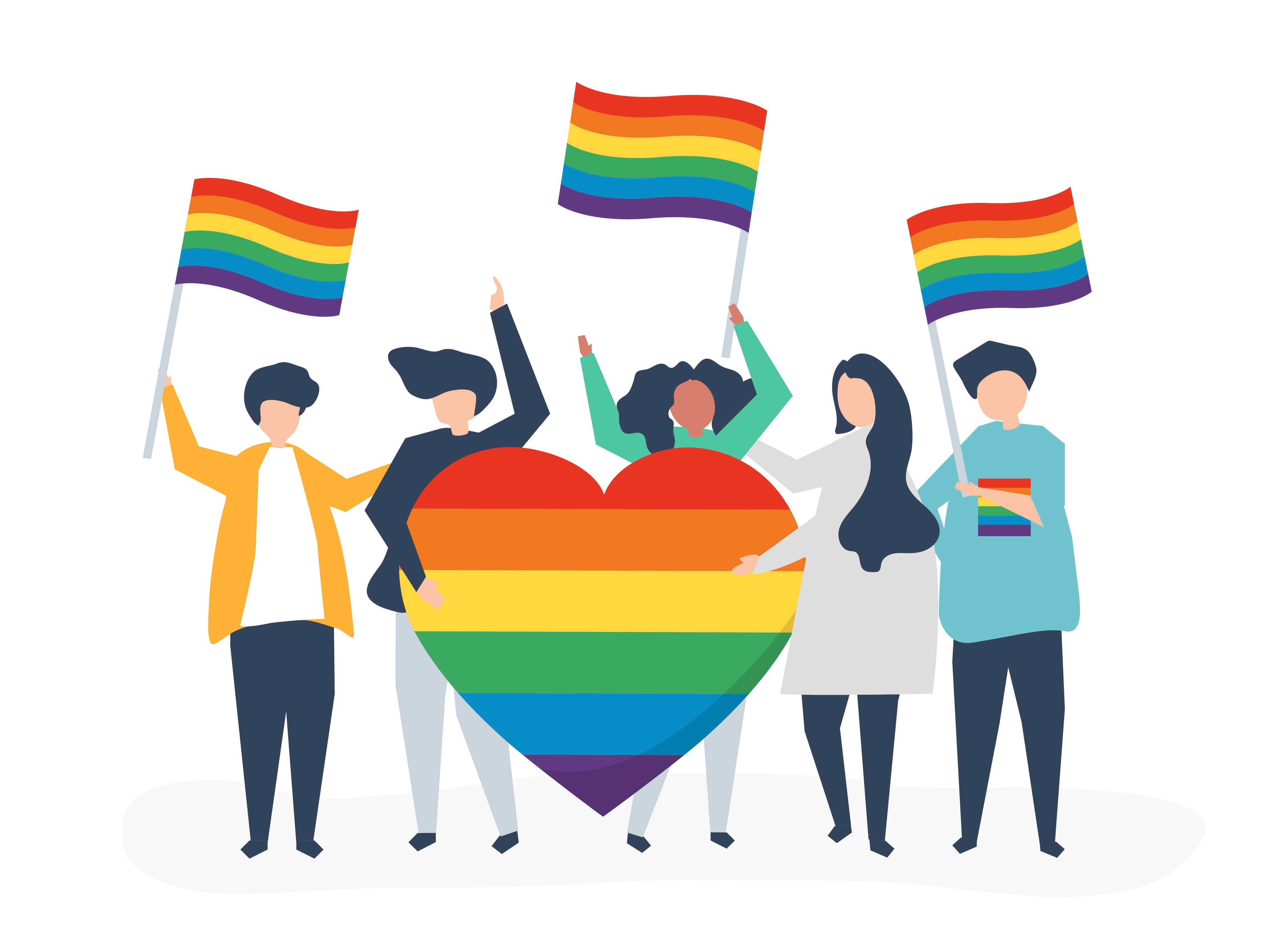It can be extremely challenging for LGBTIQ kids to attend school, especially when they are thinking about coming out to others. During this difficult and sensitive time, the right support can make a huge difference. Unfortunately, there’s still a lot of homophobic and transphobic bullying in schools, and too many victims are simply not getting enough, or any help at all from teachers or schools. Although these kids may have different questions and challenges, they have exactly the same needs as all young people: the right to feel supported and included.
Additionally, they need to have positive role models and understand that although they may be feeling nervous, what they are going through is entirely normal.They should also be able to meet other LGBTIQ students of their age and they need to be able to be themselves without fear of homophobic or transphobic bullying.
As an instructor, teacher, or a person involved in school programs, you are in a great position to support them and make a real difference in their lives.
LGBTIQ students were asked about their experiences in school and college. In particular, they were asked what they thought would make their experiences at their school more enjoyable and what they wanted educators to know.
Using this feedback, we’ll discuss a few ways to help LGBTIQ students to feel comfortable at schools.
Show Your Support
LGBTIQ students may seek support, comfort, and guidance from you as a teacher or staff member. They may disclose their sexual orientation or gender identity to you. They may well be coming out to you for the first time, so make sure you are ready to offer them constructive support. If a student comes out to you, you need to have an immediate, supportive response. It’s likely that they have spent time in advance thinking about telling you and may be nervous. They may share a preference for a particular pronoun to be known by, simply accept this and use it in your conversation with them. In practically all cases, all they want is that your opinion of them hasn't changed and they just want to be accepted as they are.
Be a Role Model
It's essential to use inclusive language and create a welcoming environment by not making assumptions or judgments about other people's sexual orientation or gender identity. You will also be seen as a positive role model and ally by addressing the discriminatory language about them spoken by others (adults or students). If you demonstrate to LGBTIQ students that you’re respectful of them and intolerant of homophobia and transphobia, they’re more likely to consider you as a supportive educator.
Listen Carefully
Listen to students and let them know that you listen to them with verbal and body cues. It’s a long process to come out, and chances are they will approach you again about the challenges they face and their feelings about coming out to their friends. They may not need any assistance or support to think through their sexual orientation if they’re already comfortable with it. It may simply be that the student wants to tell you so you can get to know them better. Just listen.
Ensure Confidentiality
Some students may not yet be ready to tell other people. Make it clear to them that your conversation is confidential and that you won’t share any information with anyone else unless they specifically ask you to.
Be Visible
Making yourself known as an ally is essential for supporting LGBTIQ students. An ally provides support to a person or group that has been discriminated against or targeted. They need to recognize you as an ally before they come to you for help. Research shows that they feel more at ease in school when they know a supportive educator.
You can easily be visible by displaying a sticker. Being visible can also mean demonstrating supportive behaviors. The following suggestions can help you to be a visible ally of LGBTIQ students.

Make Your Space Visible
Prepare and post materials for a safe space. Stickers and posters promoting a safe space for LGBT should be displayed in the classroom or office. In this way, they will know it’s a safe space and that you’re here to support them. You can also post LGBTIQ related information or material from LGBTIQ organizations to help others understand what some of their peers might be going through.
Make Yourself Available
By showing that you’re an ally, students can quickly identify you as a supportive educator. You can make yourself visible by wearing a visible marker such as a rainbow bracelet or a supportive button. These gestures will clarify that you’re a supportive ally without saying a word.
Inform Other Educators
Help other educators understand they can play a critical role in supporting LGBTIQ students and let them know you’re an ally as well.
To support LGBTIQ children and young people; schools, colleges, and other public settings must embrace an inclusive environment that fosters a sense of inclusivity and belonging. If you are aware of a students preference for a particular pronoun, let other teachers know, this can be a powerful signal of acceptance when others begin using their prefered pronoun. Having teachers who are accepting of them means so much to students who often, may have no one else to turn to. It gives them peace of mind that the environment is safe and everything will be alright.


.png)

